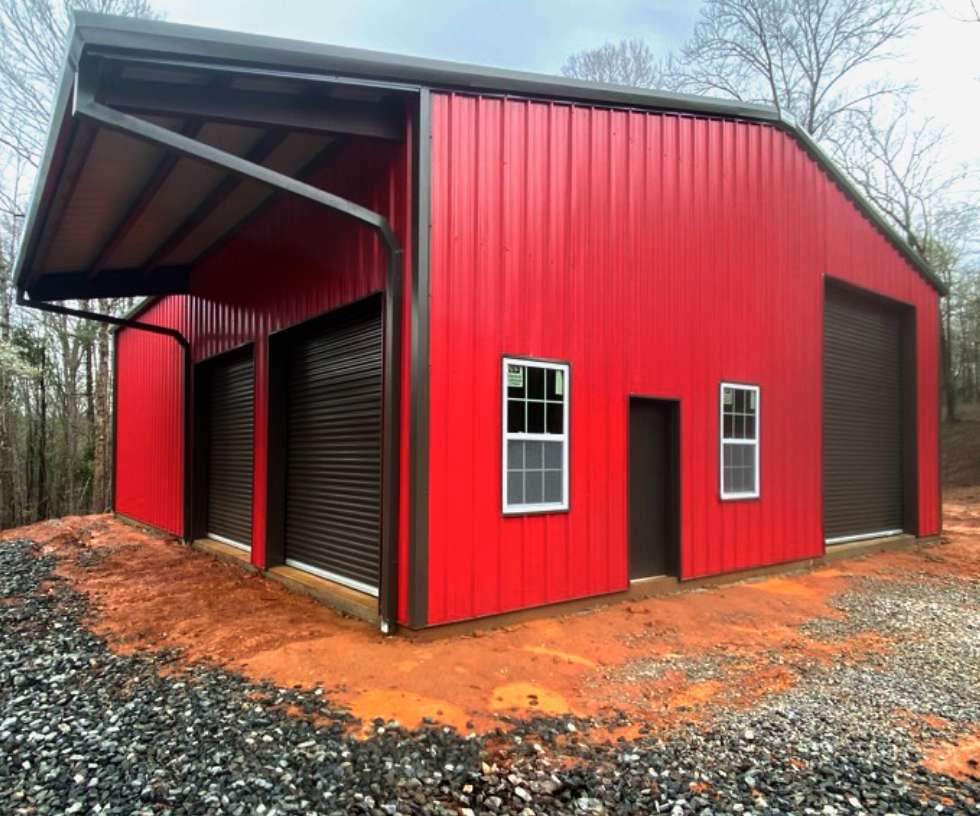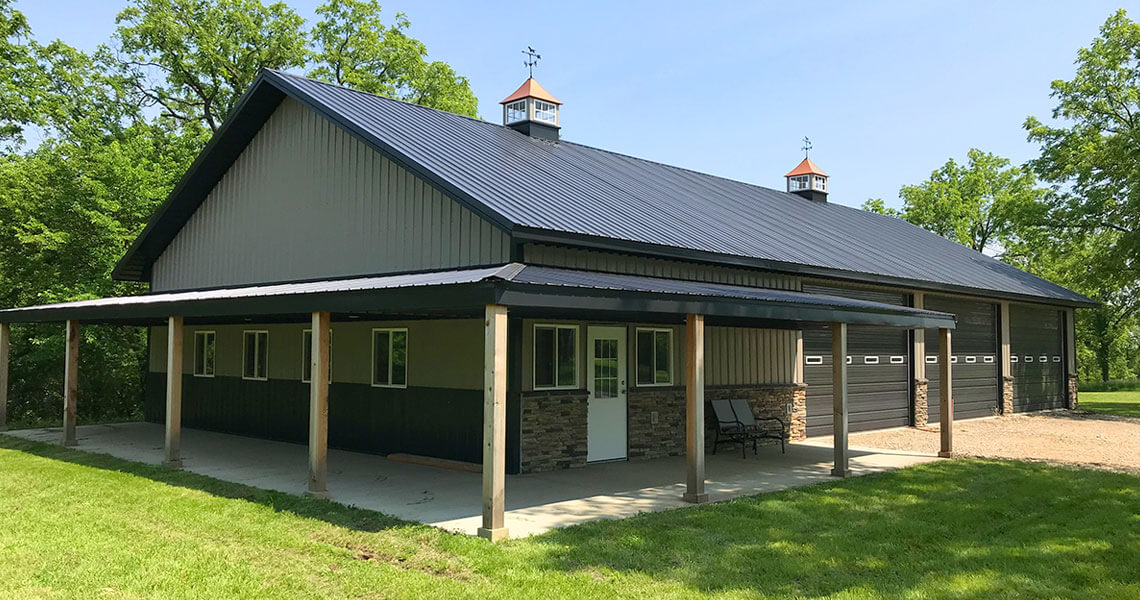Expert Overview to Steel Building Layout: Making Best Use Of Efficiency and Durability
In the realm of building and construction, the option of building material holds extremely important value in determining the effectiveness and durability of a structure. Steel, with its exceptional toughness, toughness, and flexibility, has actually become a popular option for contemporary building style. Engineers and architects are constantly checking out cutting-edge means to harness the potential of steel in constructing long-lasting and lasting structures. From maximizing layout considerations to executing affordable building methods, the trip in the direction of optimizing efficiency and longevity in steel building style is a complex one, providing a blend of practical challenges and creative solutions that thrust the market ahead.
Advantages of Steel Buildings
Steel structures use unmatched sturdiness and cost-effectiveness compared to conventional building materials. The strength of steel provides outstanding architectural honesty, making it a recommended option for buildings that require to hold up against harsh weather problems or heavy loads. Steel is extremely resistant to bugs, mold, and fire, ensuring a much longer lifespan with marginal maintenance demands. Additionally, steel is a lasting material, as it is totally recyclable and can be repurposed at the end of its helpful life.
In regards to cost-effectiveness, steel buildings are commonly extra budget friendly than frameworks made from other materials. The effective construction procedure of steel structures can result in reduced labor costs and much shorter project timelines. Steel's toughness also translates to reduce maintenance costs gradually, as there is much less demand for substitutes or repair services contrasted to traditional structure products.
Style Factors To Consider for Performance
Given the advantages of steel structures in terms of durability and cost-effectiveness, it is essential to concentrate on design considerations that take full advantage of performance and longevity. When making a steel structure for ideal effectiveness, elements such as the design, insulation, and alignment need to be thoroughly thought about.

Additionally, integrating energy-efficient systems, such as a/c, lighting, and renewable resource sources, can additionally improve the efficiency of steel structures. By incorporating these layout considerations, steel structures can achieve optimal effectiveness and durability, providing cost-efficient and sustainable solutions for numerous construction projects.
Structural Integrity and Longevity

Normal maintenance, including inspections for indicators of wear or damages, is also critical for determining and dealing with concerns prior to they compromise the building's honesty. By prioritizing architectural integrity in the design stage and throughout the structure's lifespan, owners can guarantee their steel structures continue to be safe, effective, and sturdy for years to come.
Affordable Construction Techniques
Reliable construction approaches play a critical duty in taking care of expenses without jeopardizing the top quality and integrity of steel building projects. One economical approach is using pre-engineered steel building systems. These systems are created off-site and after that constructed on-site, minimizing construction time and labor costs. In addition, pre-engineered steel buildings are known for their durability and call for minimal upkeep, resulting in long-term cost savings.
One more affordable method is the design-build approach, where the layout and building and construction phases are integrated. This method fosters collaboration in between the layout and building teams, streamlining the procedure and decreasing hold-ups and price overruns (steel buildings). By entailing all stakeholders from the start, potential issues can be identified and settled early, conserving both time and money
Furthermore, adopting sustainable construction methods, such as making use of recycled steel and including energy-efficient features, can result in significant cost financial savings over time. These practices not just lower building and construction waste but also lower operational costs with boosted power effectiveness. In conclusion, carrying out economical building approaches is crucial for making the most of effectiveness and making sure the durability of steel structure projects.
Upkeep Tips for Long Life
Correct upkeep methods are essential for making certain the longevity and structural stability of steel structures. Regular examinations are important to determine any type of indicators of deterioration, damages, or wear that might jeopardize the building's longevity. As component of a thorough upkeep plan, it is very important to without delay address any type of problems that develop to stop them from escalating and causing much more substantial damages.

Another vital upkeep suggestion is to inspect the structure's welds, connections, and bolts to ensure they are protected and in good problem. Any type of damaged or loosened elements ought to be visit this site fixed or replaced quickly to keep the architectural honesty of the building. By executing a proactive upkeep routine, steel building proprietors can maximize the long life and efficiency of their structures.
Verdict
In final thought, steel buildings supply various benefits such as cost-effectiveness, long life, and efficiency. By thoroughly taking into consideration design facets, guaranteeing structural stability, and utilizing cost-efficient building approaches, steel buildings can be enhanced for optimal efficiency and longevity. Regular upkeep is likewise vital to guaranteeing the long life of a steel building. Overall, steel buildings are a durable and trustworthy choice for different building tasks.
From optimizing design considerations to implementing cost-efficient building and construction methods, the trip towards taking full advantage of performance and long life in steel building layout is a diverse one, offering a mix of useful challenges and creative services that push the market ahead.
Given the advantages of steel structures in terms of longevity and cost-effectiveness, it is essential to focus on style factors to consider that make the most of performance and durability. When creating a steel building for ideal performance, elements such as the insulation, positioning, and layout have to be very carefully taken into consideration. In conclusion, applying affordable building methods is crucial for optimizing effectiveness and guaranteeing the durability of steel building projects.
By meticulously taking into consideration style facets, making sure structural integrity, and making use of economical building methods, steel structures can be optimized for optimal performance and description durability.